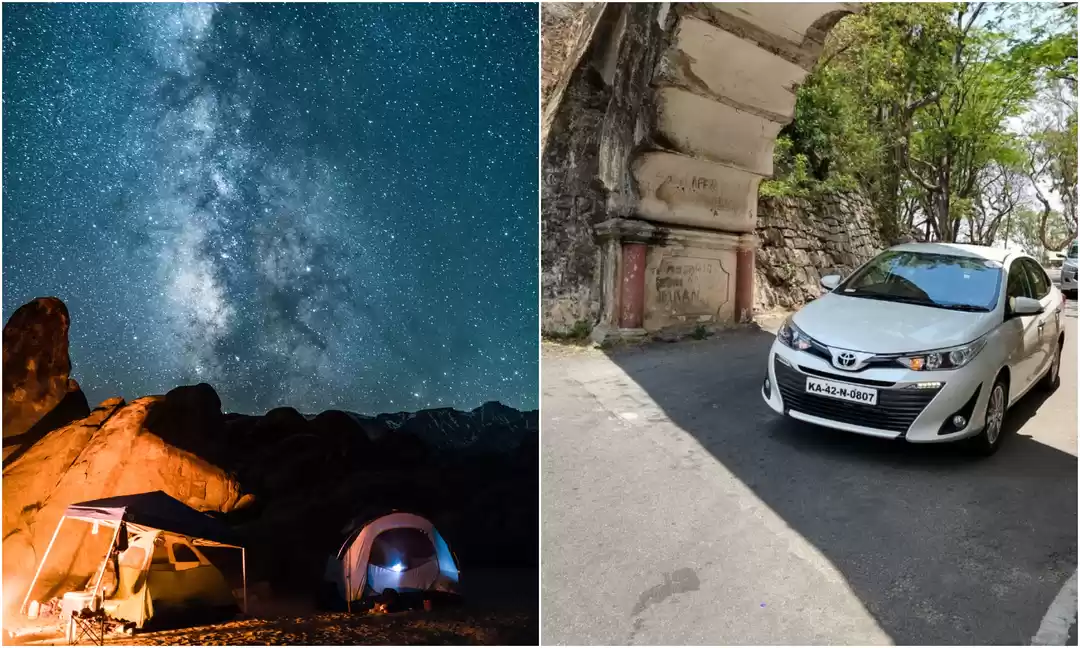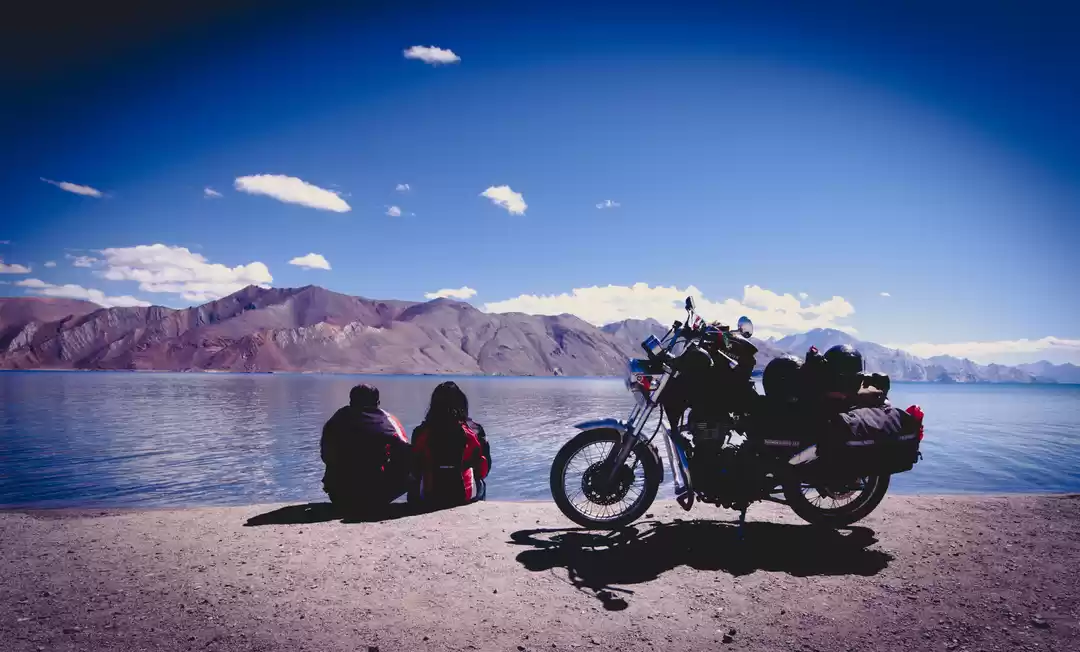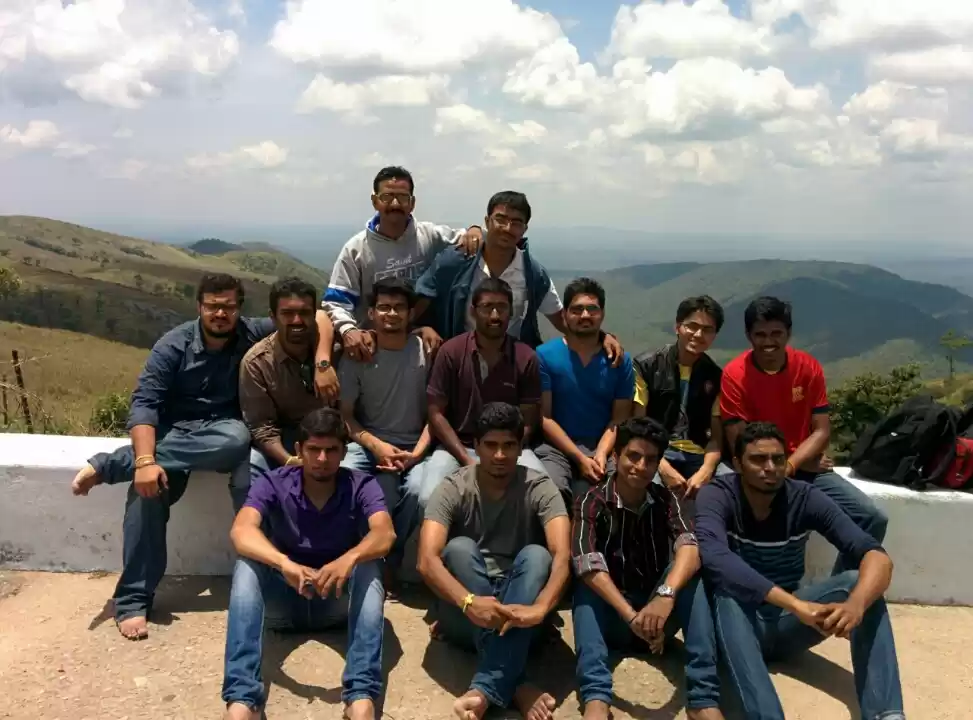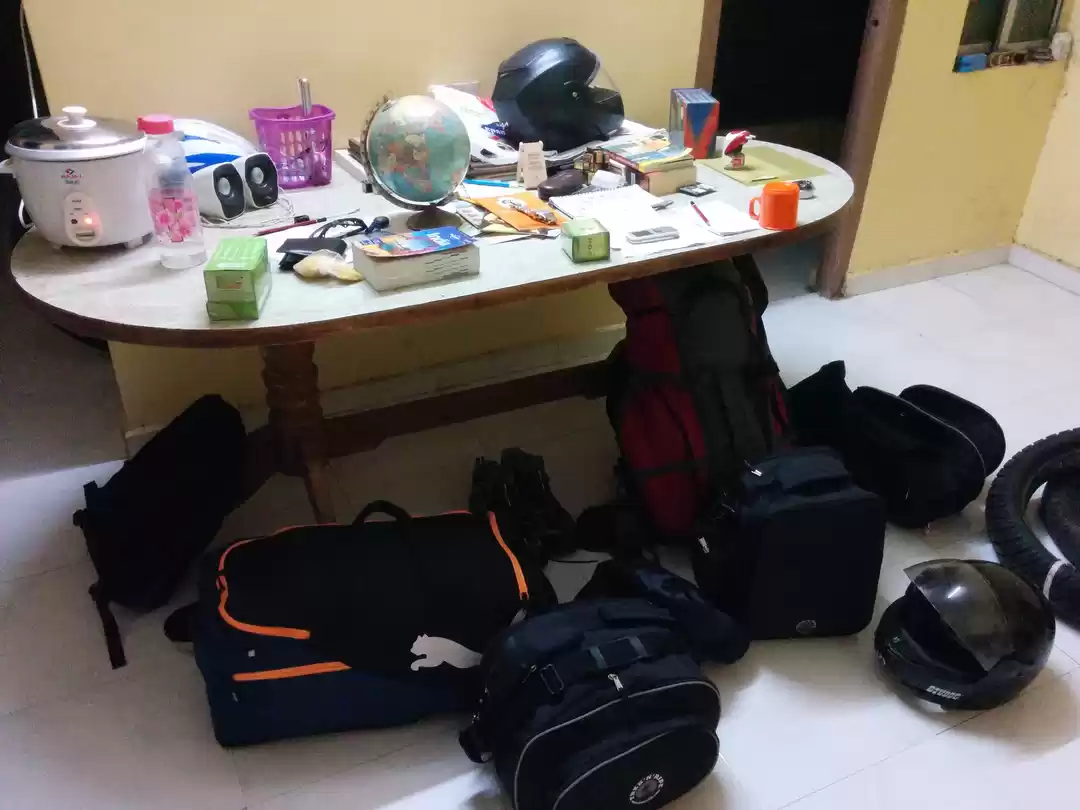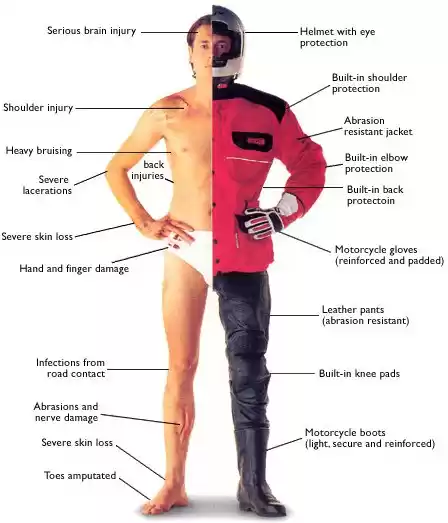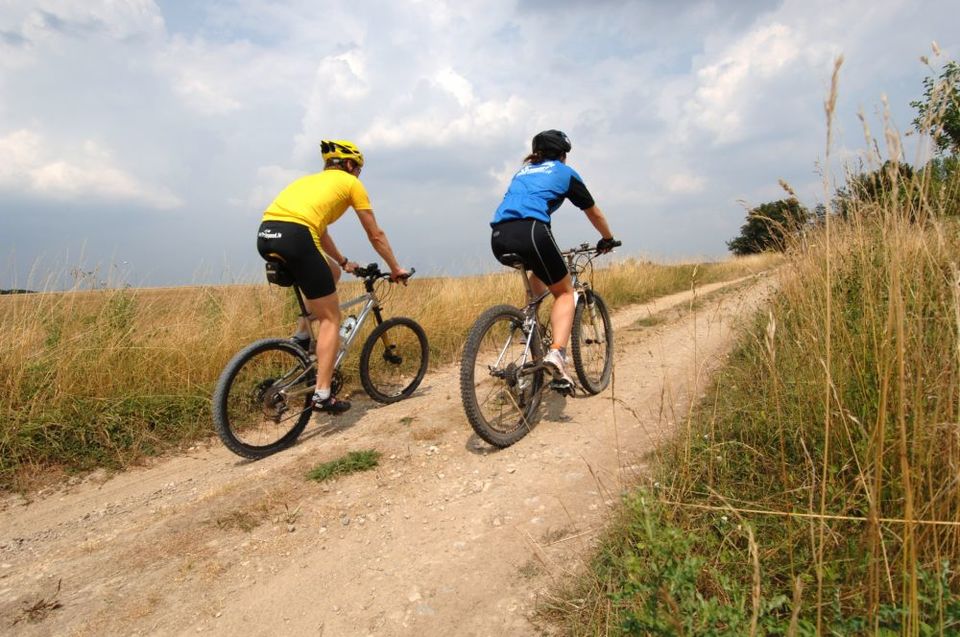
When it comes to mountain terrain biking, every cyclist has his own style and tricks to see it through. Nevertheless it is always useful to know few simple tips that will help improve your riding experience or just knowing where you might be going wrong. Here is a simple list of things to keep in mind when riding in the mountains.
1. Setting the correct saddle height.
Setting saddle height correctly is very important for efficient paddling and balancing during an MTB ride. Keeping it too high can jerk your hips while keeping it too low can put extra pressure on the knee and impact your efficiency. While giving you discomfort, it could also cause injury in the long run. You need to adjust your saddle at a height where there is a slight bend in your knee [about 7 to 10 degrees] when you put your foot on the paddle. If you are bending your knee too much, it means you have made it lower than required. Also try to adjust you saddle in a way that your center of gravity lays in the middle of the bike for better balancing.
2. Braking techniques
Using an incorrect technique while applying brakes, is one of the most common reasons for a crash. But sadly not much attention is given to the breaking techniques by riders. There is so much to explain here that we could potentially have a separate article on braking techniques but right now we are going to explain the basic tips. 70% of total braking power of the bike is at the front brake and the rear brake amounts for the remaining 30%. Using only the rear brake will make you skid and you will stop much later while using only the front one will rapidly shift your entire weight in the front and can make you fall on your head. You need a bit of both, the exact amount varies from surface to surface and can be achieved with a bit of trial and error. Also always try to keep 1 finger at both the brakes, this will prevent you prevent you from panic braking and while also let you keep your control at the handle. If you do experience skidding while you apply brakes, release the brake and then re-apply with lesser pressure.
3. How to use the gears
Knowing which gear is to be used when is extremely important for efficiency. Many riders believe in using a 'high gear' while on a steep section. This will be the wrong way to use them. When your bike is on a higher gear, it means the chain is on the smallest cog on the rear wheel and you will be doing fewer pedal revolutions. It will help you with increased torque but also makes you apply more force while pedalling. Shifting to a low gear during a climb, allows the rider to pedal much more easily.Timing is extremely important in shifting gears for better efficiency. Keep trying combinations to know what works best for you.
4. Balancing your weight
When the trail looks rough, sitting on the saddle might look like an attractive option but an during a MTB ride, you need to keep shifting your weight from front to back to the sides at frequent intervals for more efficiency. For doing this you need to get off the saddle and change body positions. When on a downhill, you get off the seat and move backward to remove the weight from the front wheel and easily roll over a bumpy surface. When you are moving up hill, you need to put your body weight in the front to keep enough traction on the rear tyre so it does not spin out.
5. Keep an eye on the trail ahead
It is very common for beginners to focus only on the trail that is immediately ahead of you during an MTB ride and it is best to avoid it. It doesn't allow you to prepare yourself for the upcoming obstacle and makes you take sudden decisions. A rider should try to look out on the trail as far as possible so they are better prepared for next obstacle or feature and can adjust their next line choice or speed accordingly.
So try and follow these in your next mountain ride, if you don't do it already and let us know your views in the comment section.















